Apple Watch VO2 Max explained: How it could save your life (and how to improve it)
Improving heart health with Apple Watch.
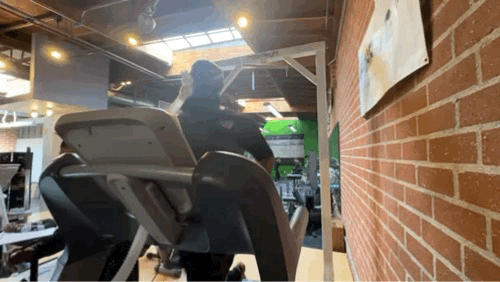
“VO2 Max.” It sounds like an 80’s “teen meets machine,” cartoon superhero. Like, some kid named Max says some catchphrase, “VO2 Max..ax…ax…ax,” and his motorcycle transforms, becoming a part of some super suit he wears to dispatch some corny cadre of super villains.
Well, that description IS somewhat accurate. Having a solid VO2 Max may make you feel like you are in fact, superhuman. And Apple thought enough of Max and his VO2-ness to include it as a standout metric in Apple Health, even notifying you if you have “low cardio,” meaning a low VO2 Max number, like me.
But what exactly is the VO2 Max metric and is it actually important to your overall health? And if it is and your number, like mine, is garbage, what can you do about it?
I went on a journey to answer these questions and more, then report back to you my findings. If you follow me on Twitter, you already know how this started and how it ended, minus the specific data and waypoints. So, trek with me and unlock your inner VO2 Max..ax…ax…ax!*
*Bonus points if you read that “ax..ax” with 80s cartoon hero transformation reverb...

What is VO2 Max?
In simple terms, VO2 Max is a measurement of your body’s capacity to utilize oxygen. Allow me to decipher the term for you:
V = Volume, O2 = oxygen, and then “Max,” representing your maximum capacity. All together, your body’s capacity to consume oxygen during exercise. Why does it matter? Current scientific research states that, more than diabetes, more than heart disease, and a few other ailments, your measured capacity to utilize oxygen could be the most important indicator of general heart health and a long-term indicator of your risk of premature death.
iMore offers spot-on advice and guidance from our team of experts, with decades of Apple device experience to lean on. Learn more with iMore!
An algorithm utilizes GPS and heart rate data to estimate your VO2 Max when you engage in three outdoor workouts
I was diagnosed with Type 2 diabetes in December, 2015. One of the things the insidious disease called Diabetes does is exact a toll on your cardiovascular system and your heart, if left unchecked. Proper management of this affliction may put it into remission, and minimize its adverse effect on your heart, long term.
So, heart health is more important to me now than ever. And, here’s the thing. I’m strong. Real strong for a regular person, not competing in athletics.
Before COVID hit, I was one month away from a 400 lb deadlift. When gyms closed I had no home gym to workout in so my gains were lost. Today, I’m back up to deadlifting 315 lbs for working sets. My max is probably 365, though I haven’t tested that yet. You know those really big dumbbells at the end of the dumbbell rack? I can bench press those. And I load the leg press machine with 12, 45 lb plates for my top set (540 lbs). All of that to say that on the outside I may look strong, but the thing powering those muscle contractions and moving those weights is ultimately “weak.”
I’ve been getting those “low cardio” warnings for a while now, so I figured I’d look into that and get it sorted. My Apple Watch had my VO2 max around 26 in October of last year. According to Apple Health, 31 is below average. Yikes! Now, according to Apple’s documentation, this number is just an estimate. An algorithm that utilizes GPS and heart rate data estimates your VO2 Max when you engage in three outdoor workouts: Outdoor Walk, Outdoor Run, or a Hiking workout in the Apple Watch workout app. That number is pretty accurate for an “estimate,” as you’ll see in a moment.
Validation, Motivation, Oxygenation
I began googling how one goes about getting “real” VO2 Max testing results and was met with a search result of multiple fitness facilities which test for VO2 Max. The prices ranged anywhere from $250 to over $500. The layman's explanation of what you’re paying for? You go into a lab, or private/boutique fitness or physical therapy facility and they put you on either a treadmill or exercise bike with a mask attached to your face which has a tube attached to a machine, which is connected to a computer and analyzes your respirations as you exert yourself.
Based on that, the facility’s staff will tell you about your heart rate, your heart rate ranges, and how many calories from fat or from carbs you were burning during your test.
The good news? Apple Watch was accurate to within one point
I chose Phase IV Scientific Health and Performance Center in Santa Monica, CA. This facility regularly works with Olympic athletes. Their first client was none other than the supremely gifted, fastest woman in the world, “Flo Jo” aka Florence Griffith Joyner. They count among their clients past and present: 6 time Olympic medalist Jackie Joyner Kersee, Allyson Felix who is the most decorated track and field athlete of all time, tennis player Pete Sampras, and the first USA woman wrestler to win an Olympic gold, Helen Maroulis. Their list is actually quite long, so I’ll stop there.
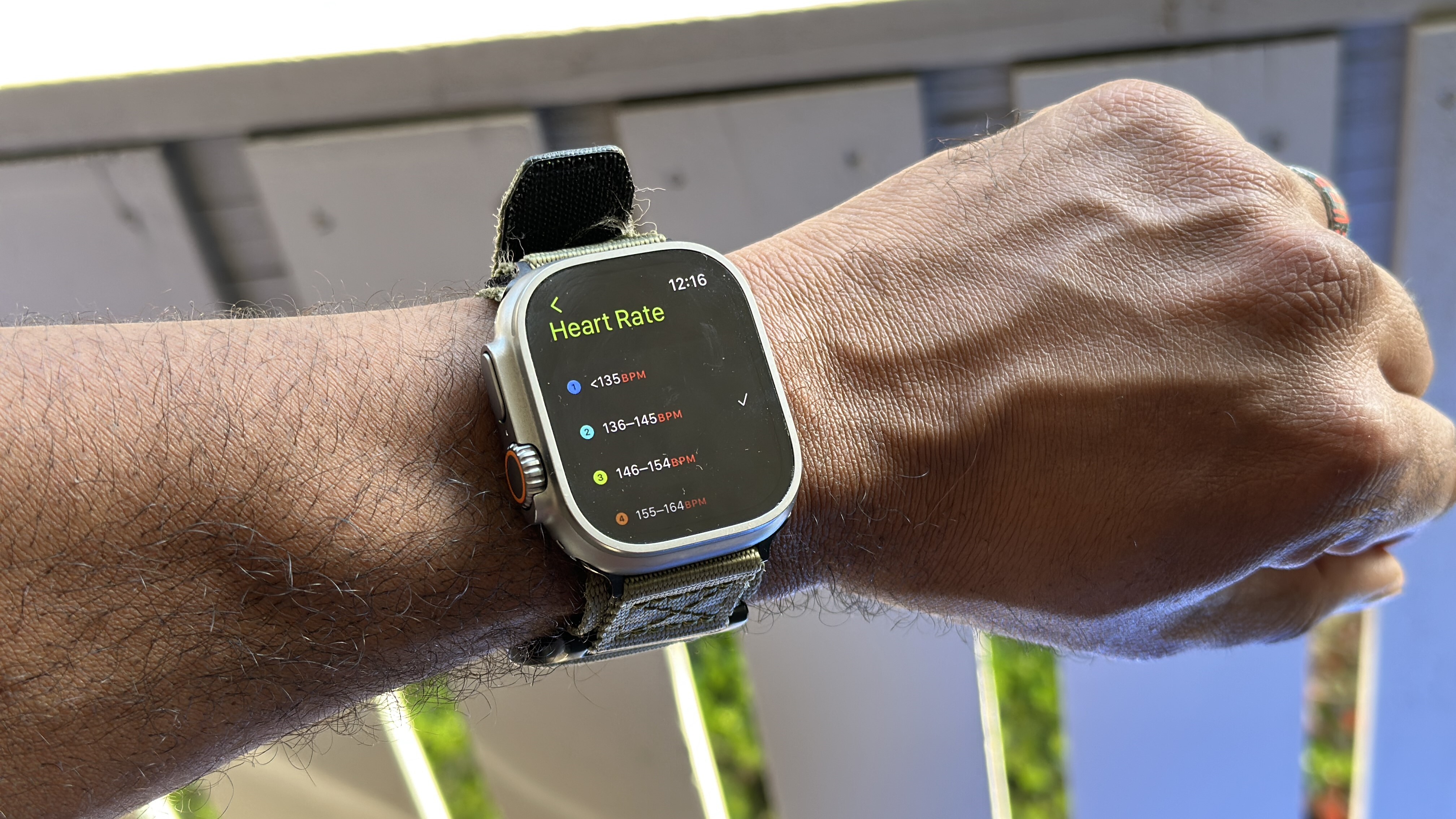
In November, at a weight of 241 lbs, I went into the facility and met Aisha Maas who is an Exercise Physiologist, and Phase IV’s Director of Science. Along with Jack Hyman, they prepped me for and administered my treadmill test. Upon completion, Aisha patiently and thoroughly went over the results with me. It was for me and for ya’ll afterall, so I had a lot of questions.
The good news? Apple Watch was accurate to within one point of what their testing equipment showed, with one caveat that I’ll explain in a bit. My VO2 sustained peak was 24.8 milliliters of oxygen consumed per minute per kilogram of body weight. In October Apple Health gave me 27.4, and in November when I actually tested, it showed 27.9 but it isn’t as “off” as it seems.
Wait for the aforementioned caveat. For my age range, that 24.8 is still below what Phase IV’s test scale showed as “VERY LOW” which is 30.2. To give you an idea of what is considered just “FAIR” on that scale, I’d have to score a number between 33.6 and 38.9. Needless to say, I had some work to do and with the holidays looming, let’s just say that I didn’t begin that work in earnest until January.
The January Journey
When I went to Phase IV back in November, Aisha explained that what she works with clients to achieve is helping them calibrate their bodies to become more efficient at burning fat, and increasing their aerobic capacity. To that end, she recommended that, based on the chart of my optimum heart rate ranges which the test produced, I spend 50% of my cardio workouts doing 30 minute or longer low intensity work in my aerobic development zone. This was 135-147 beats per minute. The other 50% I should spend in my aerobic capacity building, or endurance building zone, which was 147-158 beats per minute.
Why do the work in that low zone if you want to get stronger? Because your body actually undergoes changes there which physiologically increase capacity, as Aisha explained. Among them are increases in the number of capillaries which are the biological highways used to transport blood, nutrients and oxygen to cells in your organs and body systems. Changes in those cells which make them more efficient consumers of oxygen and waste. In other words, that low intensity space is where you lay the foundation upon which you’re going to build a strong cardiovascular system and stop getting those darn alerts from Apple Health.
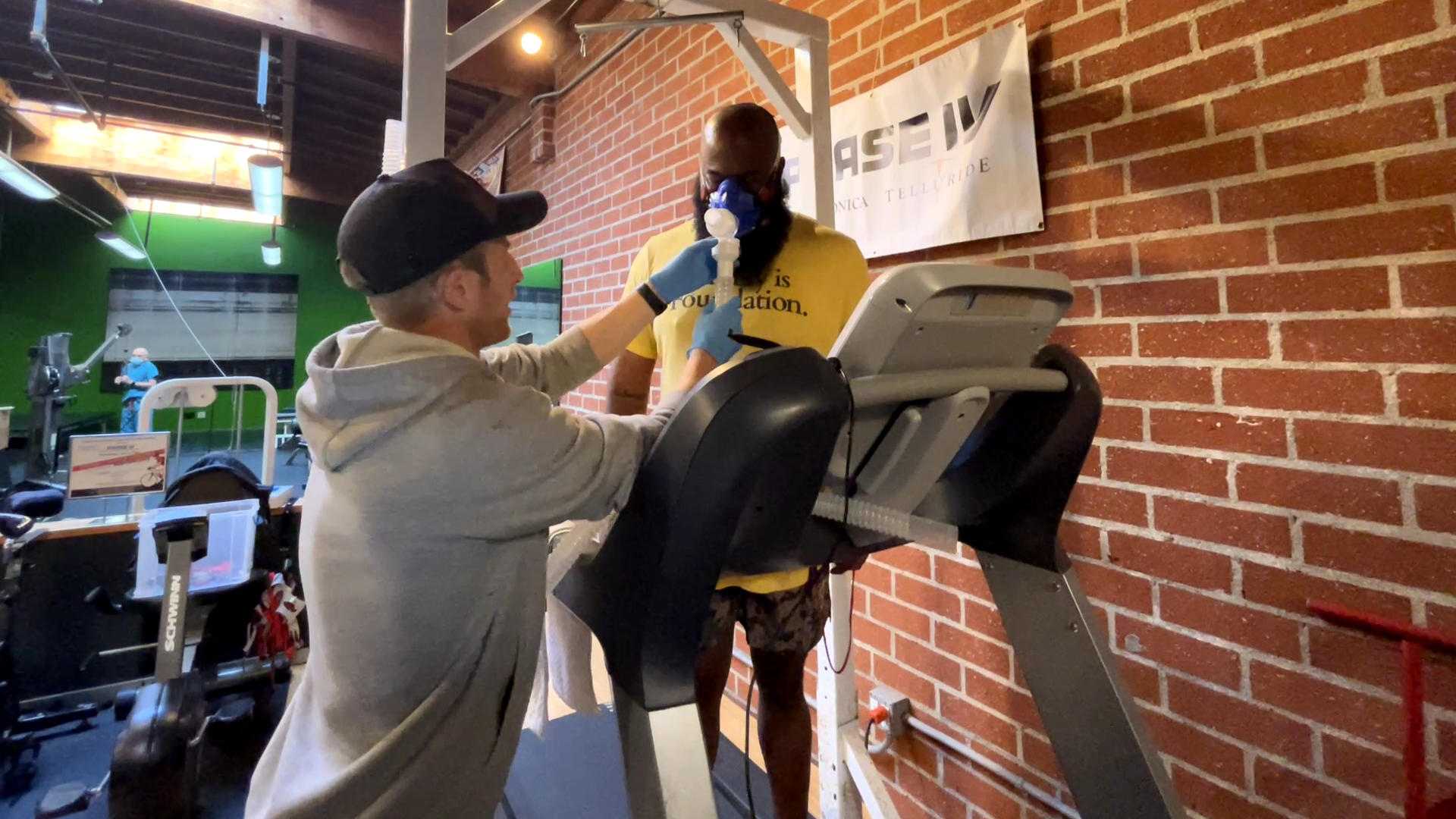
So I took to the treadmill and ran on days I worked in the first zone. When I couldn’t run for the full 30 minutes during those first couple weeks of the year, I would put the treadmill on an incline of 11, and speed of 3.5 or so to keep my heart rate in that first zone. For the days I did the second zone of training, it was a mixed bag on my ability to keep up a run of that intensity for an extended duration so I would run as long as I could, then put on a 35 lb “weight vest,” and adjust the incline and speed as needed, to keep my heart in the 147-158 BPM range.
As the weeks went on, I could feel myself getting better able to handle the workouts, though I was slowly beginning to feel some soreness in my knees. So, in the last three weeks of February, I decided to try the spin class bicycles at the gym I attend. I would use them when there was no class so I could work at my own pace, adjusting the resistance on the fly to stay in the appropriate heart rate zone for that day’s workout.
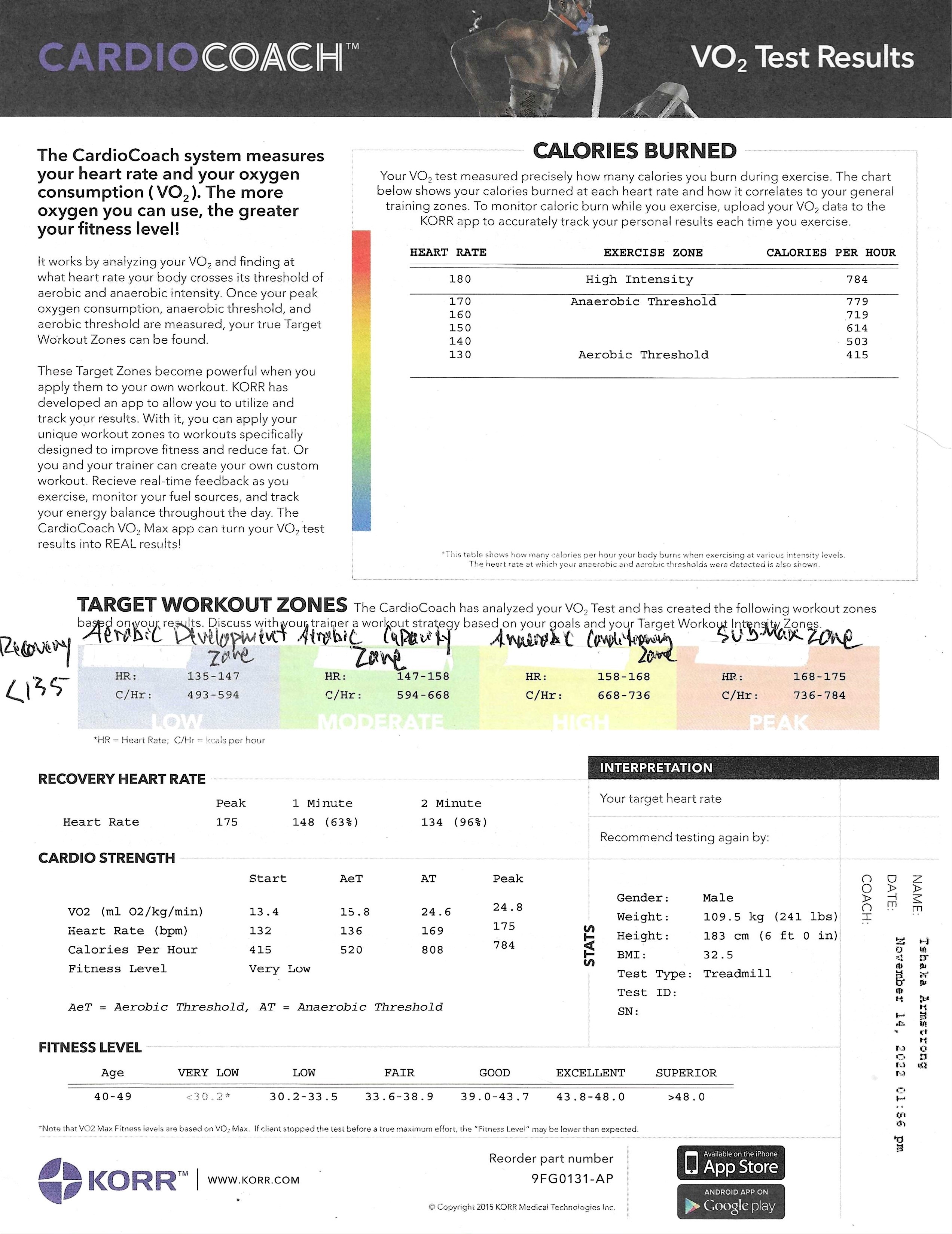
At the end of February, I scheduled my follow-up visit to Phase IV for March 8th, to retest both my progress and Apple Watch’s accuracy. Good news on both fronts. “Heart muscle building” is much more subtle than weightlifting for me. With progressive overload, I can see and feel my strength increasing in 5 to 10-lb increments or more every week.
I can see the tone in my muscles increasing. With delayed onset muscle soreness, I can feel the effects of a workout. There was no noticeable DOMS with my cardio sessions. I was winded during them, but afterward, I felt fine. And though I did notice my subtly increasing ability to run longer it didn’t “feel” as obvious as pumping iron.
That is, until I looked at a couple of new metrics. Training my body to be more efficient at burning fat in that first zone of heart rates led to a 7lb weight loss in that two months. And it didn’t stop there. Retesting revealed even more wins! First off, my VO2 Max has increased by 2 points in two months from 24 to 26. And Apple Watch VO2 max accuracy? The Apple Watch’s measure of my max a day later at 29 was 3 points off of the peak sustained VO2 Max produced by Phase IVs equipment.
I think I know why and will deal with that below. Next, during my first time being connected to the apparatus and doing my best Bane impression, at 168 beats per minute, I was terribly inefficient, burning 0% of my calories from fat. This time around at 168 bpm, I was burning approximately 20% of my calories from fat. This means that my cardio workouts are now more efficient because they’re using more fat as a fuel source, even at high intensities. 20% more than when I began.
Speaking of efficiency, my heart rate zones have changed in those two months. That aerobic development zone, the first one, has increased from 135-147 bpm to 148-152 bpm. That second zone, the aerobic capacity zone, the one where I build better endurance has increased from 147-158 bpm to 152-159 bpm.
Now, Aisha wants me to begin training in a third zone, my anaerobic conditioning zone. This will be 159-183 bpm. This new heart rate zone and training cycle I’m taking on would be a write-up all its own, so I won’t go into that here because there are still a couple more, brief data points we need to discuss.
Apple Watch and Apple Health Accuracy
Now, you may not have an Aisha Maas helping guide you to hearty heart conditioning, but you do have Apple Watch and Apple Health, and let me tell you, it is quite accurate. You won’t need Phase IV’s machinery because when I compared the heart rate zones to those that Apple health estimates for you based on your resting heart rate and max heart rate during workouts, Apple’s were within a beat per minute.
It should be noted that when I performed my testing at Phase IV, they monitored my heart rate with a Polar chest strap. One of the most accurate ways to measure and track your heart rate and Apple Watch is plus/minus 2 in my testing here.
Getting back to that discrepancy in VO2 Max numbers, on both test dates I had singular VO2 Max peaks which were within one point of Apple’s estimated VO2 Max number. For example, during my retest, at one point I had an unsustained peak of 28.7 which is approximately one point lower than the 29.2 that Apple showed me after my Outdoor walk exercise the following day.
Again, these weren’t sustained peaks, they were only spikes and though Aisha was able to give me those numbers from observing me during testing, the test output log didn’t specifically show them because it only measures “sustained peaks,” thus that 3-point difference I saw earlier. So, I’ll give Apple a break on that because they specifically say in their documentation that the VO2 Max measurement is only an estimate.
The Completely Unscientifically Explained TL;DR
If you want to make your heart stronger and your body able to utilize oxygen more efficiently, which is a strong indicator of heart health and protection against premature death due to heart disease, and you want to burn more fat while working out overall, do this:
1. Run, walk, or hike using those associated outdoor workouts on your Apple Watch so you can establish a VO2 Max. You’ll find that number in the Apple Health app when you hit the Browse tab, then tap on Heart. You’ll see a heading labeled “Cardio Fitness.” Tap on that tile for more detailed info.
2. Once you’ve done that, also look at Apple’s estimate for your heart rate zones, which is found in the WatchOS app, not in the Apple Health or Apple fitness apps. Make a mental note.
3. For 50% of your cardio-focused workouts, spend at least 30 minutes in the second zone the Apple Watch app showed you. For the other 50% of your cardio-focused workouts, do interval workouts, or if you can, 20-minute workouts in the third zone the app showed you.
Protip: So that you aren’t looking at your watch every few minutes to monitor whether or not you’re in the right zone, before you start a workout, tap on the three dots in the upper right of the workout tile you’re on, then tap on the pencil icon on the right side of the screen. Now tap on “Alerts,” then the “Heart Rate” tile and select the appropriate zone.
Now you’ll receive an audible notification every time you enter or exit that zone. You can do it the lazy way like me and change this each workout, or be efficient and just create a walking, running, or hiking workout customized to each heart rate zone for audible notifications and name it accordingly.
Do that by tapping those three dots, scrolling to the bottom of the screen and tapping on “Create workout.” Then scroll to the bottom and tap “Custom workout.” Name it, set the parameters and now, everytime you go to do that workout type, tap the three dots in that main workout tile, “Outdoor walk” for example, and choose that custom named Outdoor walk workout you just created.
4. Do that as many times a week as you can for three weeks ensuring that you get in a couple days rest each week. In week four, just go for easy 30 minute walks and allow your body and system to recover from the abuse of the first three weeks. I saw these results only doing two cardio focused workouts a week, though I was actually in the gym an additional 3 days a week lifting weights at a high intensity for a total of 5 days a week of exercise.
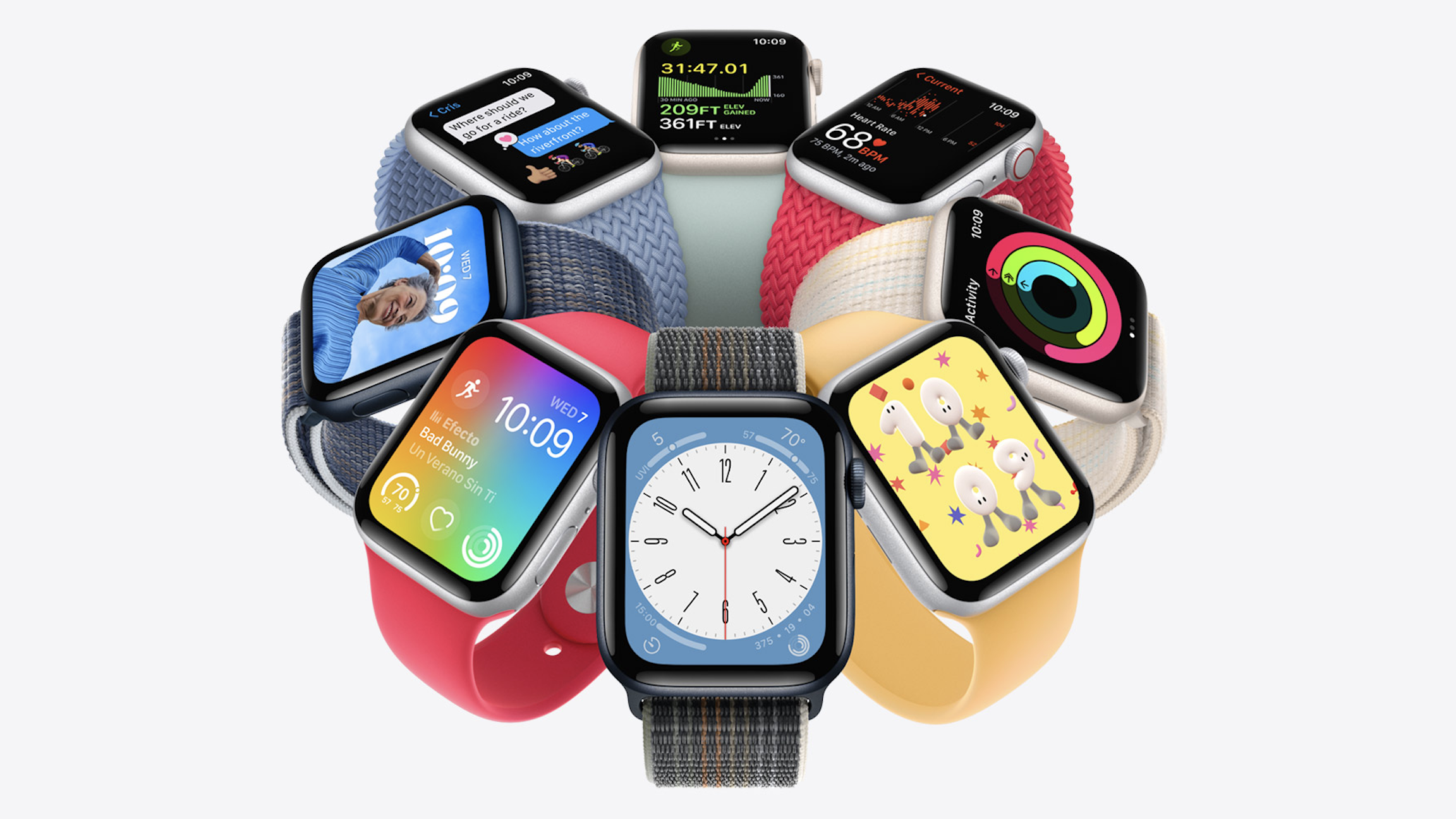
Now there are a ton of things that can dull your weight loss results and your heart health gains. Among them are your nutrition, the amount of sleep, and recovery time you’re getting. Smoking obviously will affect your cardiovascular health. Then there’s your endocrine system, which can also affect these things.
These are all issues you should take up with a doctor before and during any workout program. And be your own advocate. If you don’t feel like your doctor is proactive enough, or helpful enough, keep moving until you find one who feels like they’re as knowledgeable and invested in your health outcomes as you are.
And that’s it. I know it’s a lot. This may take you a couple of readings to digest and that’s ok! This is a marathon, not a sprint. And if you need any clarification, or some moral support on your fitness journey, just hit me on Twitter @tshakaarmstrong. As the African proverb says, “If you want to go far, go together.”
Speaking of “together,” one final note: if you have the income, working with someone like Aisha Maas and Phase IV is worth its weight in gold medals. It isn’t the equipment or testing you’re actually paying for but the insight, wisdom, and expertise of a coach who will help make sense of all these numbers, and metrics, guiding you on your journey, course correcting when necessary, and helping you achieve your goals efficiently.

Tshaka Armstrong is a nerd. Co-Founder of the non-profit digital literacy organization, Digital Shepherds, he’s also been a broadcast technology reporter, writer and producer. In addition to being an award-winning broadcast storyteller, he’s also covered tech online and in print for everything from paintball gear technology, to parenting gadgets, and film industry tech for Rotten Tomatoes. In addition to writing for iMore, he’s a video contributor for Android Central and posts everything else to his own YouTube channel and socials. He blathers on about his many curiosities on social media everywhere as @tshakaarmstrong.
